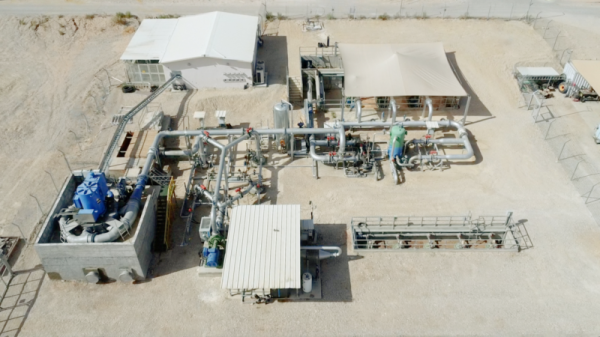Have you ever wondered how your favourite perfume is created? Creating perfume is both an art and a science. Perfumers must have a keen sense of smell and an ability to create pleasing scent combinations. Perfume is a mixture of different-smelling essential oils and compounds. The art of making perfume has been around for thousands of years, and the process has undergone several changes over time. When it comes to finding information on the internet, there are a few reliable sources you can turn to, including review websites that are a great way to get unbiased information on products and services. Secondly, you can rely on the best beauty black friday deals can also be found online, allowing you to save money on your favourite cosmetics and fragrances. Finally, The Perfume Shop UK is a great resource for learning about different perfumes and their creation. Keep reading to get a good insight into how perfume is created.
The History of Perfume
Perfume has a long and storied history. Its origins can be traced back to ancient Mesopotamia, where people used fragrant oils and ointments to mask the smell of smoke and sweat. In Egypt, perfume was used in religious ceremonies and as part of the mummification process. By the Middle Ages, European perfume was widely used for personal hygiene and medicinal purposes. However, in the 18th century, perfume became primarily associated with luxury and sophistication. The first modern perfume, Eau de Cologne, was created in 1709 by Italian perfumer Giovanni Maria Farina. Since then, the popularity of perfume has only grown. Today, thousands of different perfumes are on the market, each with its unique scent. So whether you prefer floral, woody, or musky aromas, there's sure to be a perfume out there that's perfect for you.
How are perfume fragrances made?
Most people imagine a crazy scientist in a laboratory combining various chemicals until they get the ideal combination when they think about perfume fragrances. While this is true for certain scents, it is not only sometimes a mechanism by which perfume smells are created. Perfume smells may be made in many methods. The use of essential oils is one common way. These oils, derived from plants and flowers, may give a natural, timeless fragrance. Synthetic and organic compounds are also used to create perfume fragrances. These molecules may be combined to generate a vast spectrum of distinct smells that would be impossible to make with just natural substances. Creating the right perfume aroma is an art form that involves careful thought and execution, regardless of the technique utilised.
The most aromatic ingredients used in perfume formulations
A few basic chemicals are typically employed in fragrances to generate distinct aroma characteristics. Citrus, flowery, musky, and woodsy are the four primary groups of these elements. Citrus smells are made from oils derived from fruits such as lemon and orange. They are usually light and refreshing, making them excellent for everyday wear. Flower aromas, as the name implies, are generated utilising floral oils such as jasmine and rose, usually ideal for both day and night, ranging from light and delicate to deep and heady. Musky smells are made from animal-derived components such as ambergris and musk. They have a rich and seductive tone, making them excellent for evening wear. Finally, wood such as cedar and sandalwood generates woodsy smells. They are often thick and earthy in flavour, making them wonderful for winter. Understanding these important elements can help you navigate the perfume world and select the ideal smell for every occasion.










